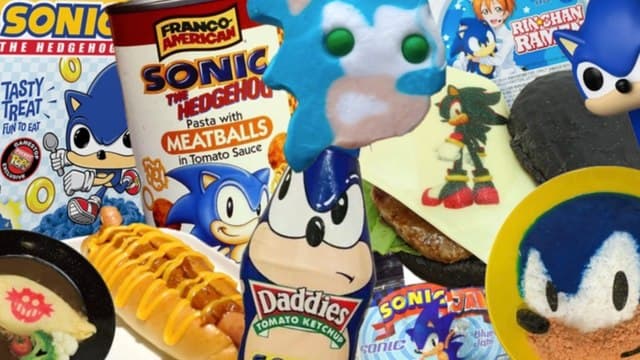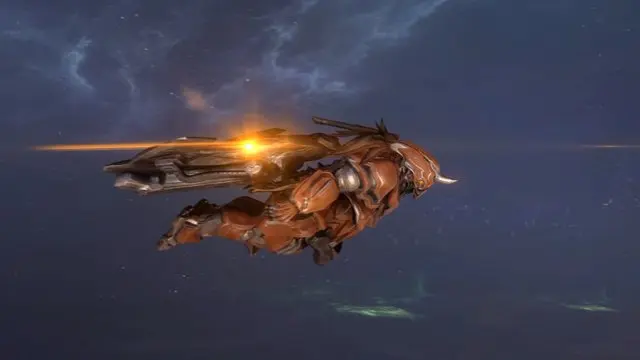0Comments
PUBLISHED
UPDATED
The Unsung Artist Who Defined the Look of Sonic the Hedgehog
About the Author
Sean Aitchison
Sean is a big dumb weeb with ADHD and also a freelance writer and researcher. You can follow him on twitter (@Sean8UrSon) or catch him streaming on Twitch (Twitch.TV/Sean8Urson). You can also check out his Sonic the Hedgehog podcast, Sonic Podcast Adventure (@SonicPod).
Newest


